Optimal Timing for Irrigation Installations
Determining the optimal time for irrigation installations depends on climate, soil conditions, and plant growth cycles. Typically, the best period is during the early spring or late fall when temperatures are moderate and rainfall is sufficient. Installing irrigation systems during these times minimizes disruption to existing landscaping and allows for proper system setup before peak watering needs.
Spring is ideal for irrigation setup as temperatures are moderate, reducing stress on newly installed systems. It allows for adjustments before the peak growing season.
Late fall offers cooler weather and less plant stress, providing an opportunity to install systems before winter dormancy or early spring growth.
Summer heat and high water demand can hinder installation efforts and affect system performance if installed during peak heat.
Soil moisture levels and ground conditions should be evaluated to ensure proper installation without causing compaction or drainage issues.
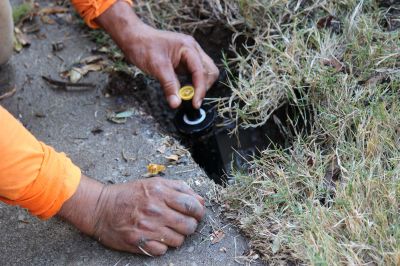
Technicians installing irrigation systems during early spring.
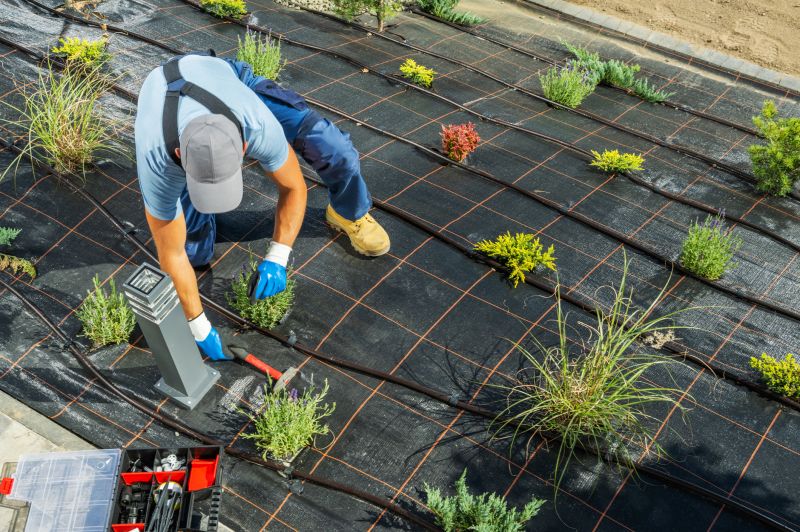
Irrigation components being installed in late autumn.
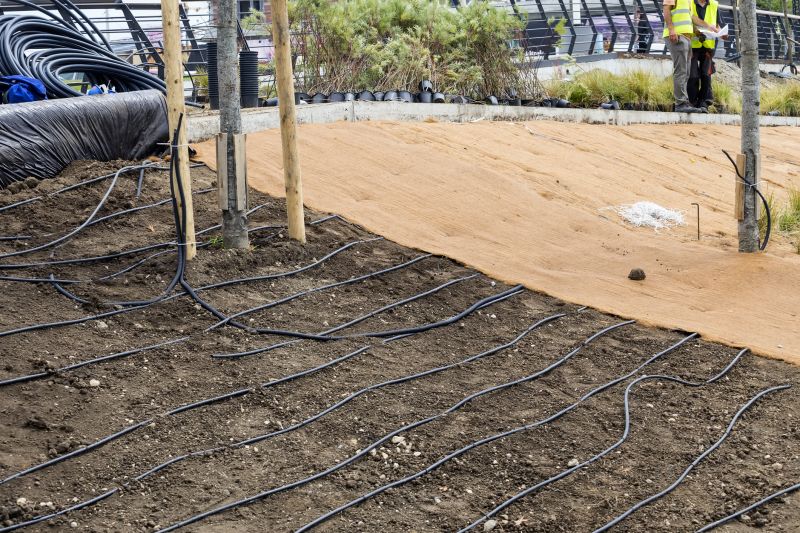
Soil being prepared for irrigation system installation.
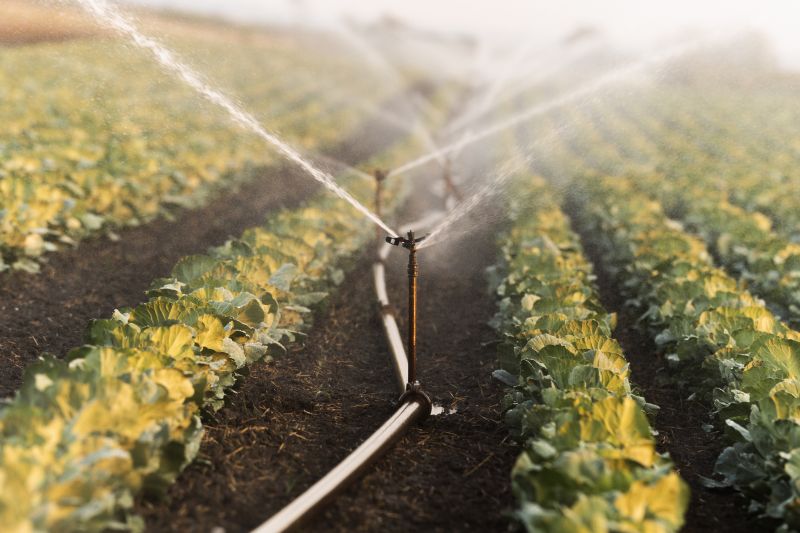
Ways to make Irrigation Installations work in tight or awkward layouts.
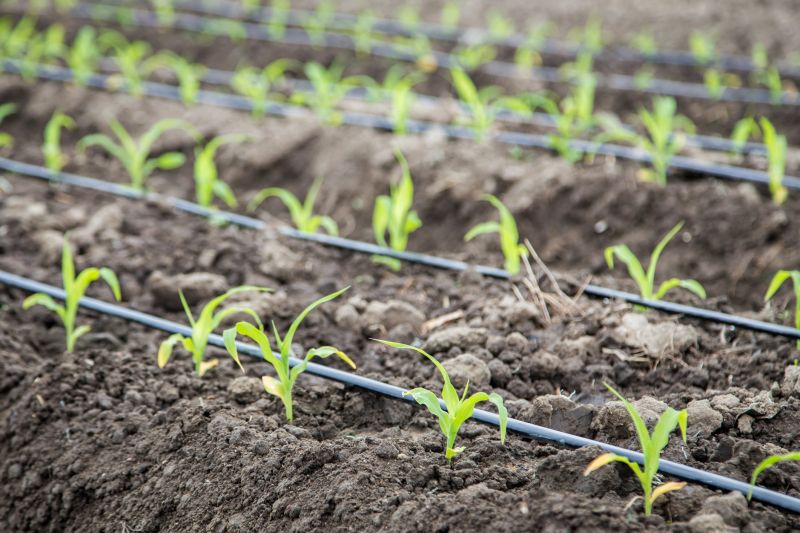
Popular materials for Irrigation Installations and why they hold up over time.
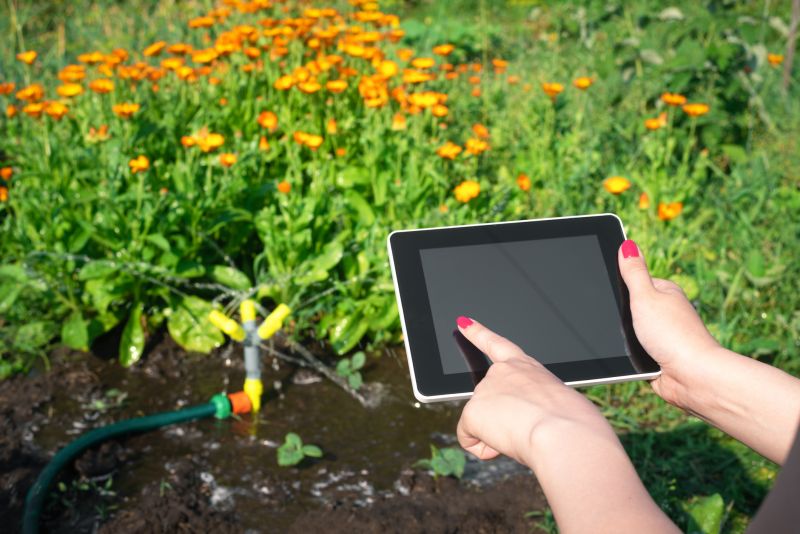
Simple add-ons that improve Irrigation Installations without blowing the budget.
Irrigation installations are a crucial component for maintaining healthy landscapes and efficient water use. Proper timing ensures systems are operational before high-demand periods, reducing stress on plants and optimizing water distribution. Advances in technology have made modern irrigation systems more precise, with features like soil moisture sensors and weather-based controllers that adapt watering schedules to real-time conditions. Installing systems during optimal periods also helps prevent issues such as soil compaction, root damage, and system inefficiencies.
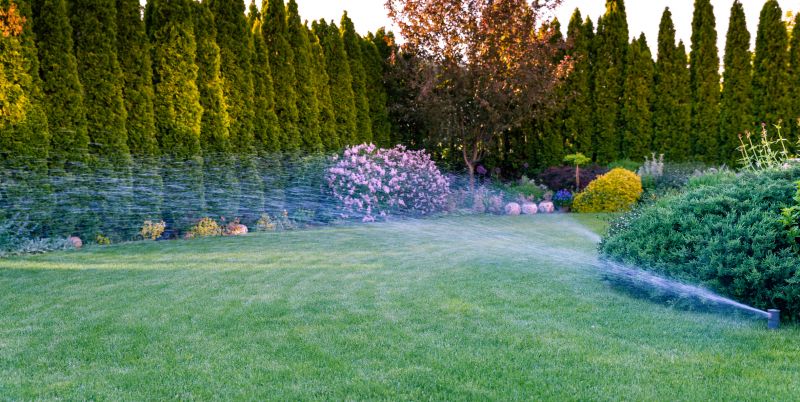
A fully installed sprinkler system in a landscaped yard.
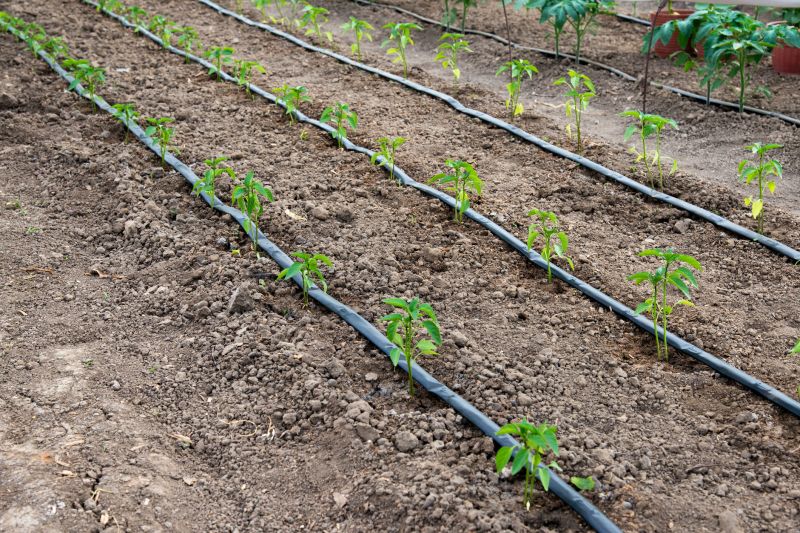
Drip lines laid out along garden beds for efficient watering.
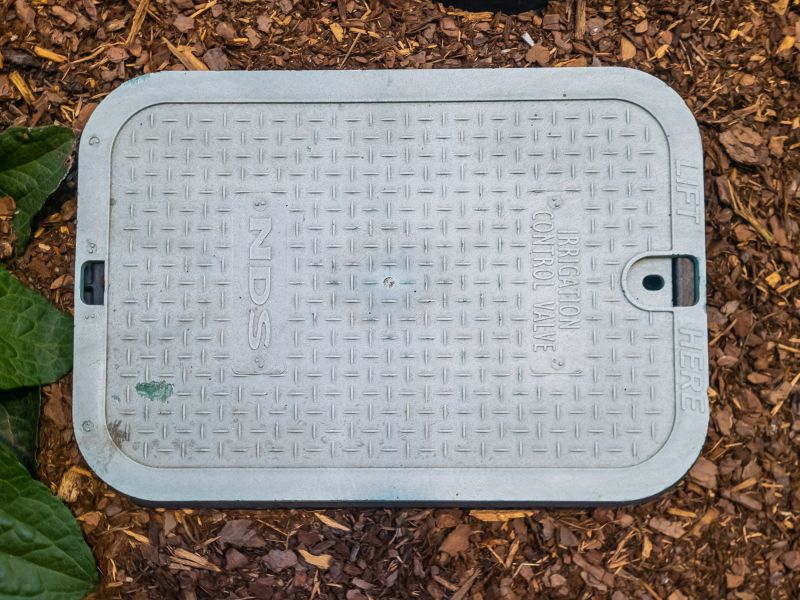
Irrigation control panel used for scheduling and adjustments.
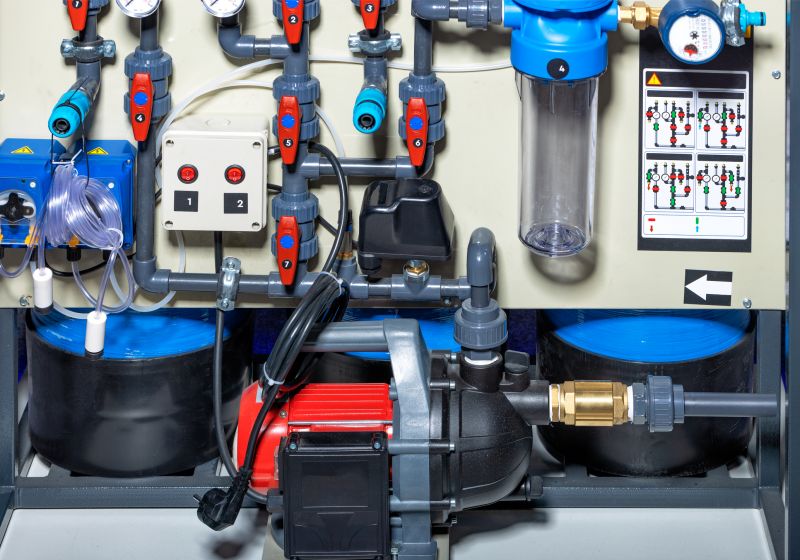
Testing the irrigation system for proper coverage and operation.
| Season | Advantages |
|---|---|
| Spring | Allows system setup before peak watering season; moderate weather reduces stress. |
| Fall | Prepares landscape for winter dormancy; cooler temperatures ease installation. |
| Summer | Less ideal due to high temperatures and increased plant water needs. |
| Winter | Generally not recommended due to freezing conditions and ground frost. |
| Late Fall | Suitable for system installation before winter sets in. |
Choosing the right time for irrigation installation can enhance system longevity and efficiency. Proper planning and timing contribute to healthier landscapes and better water management. Interested parties are encouraged to contact for more details on scheduling and system options.
